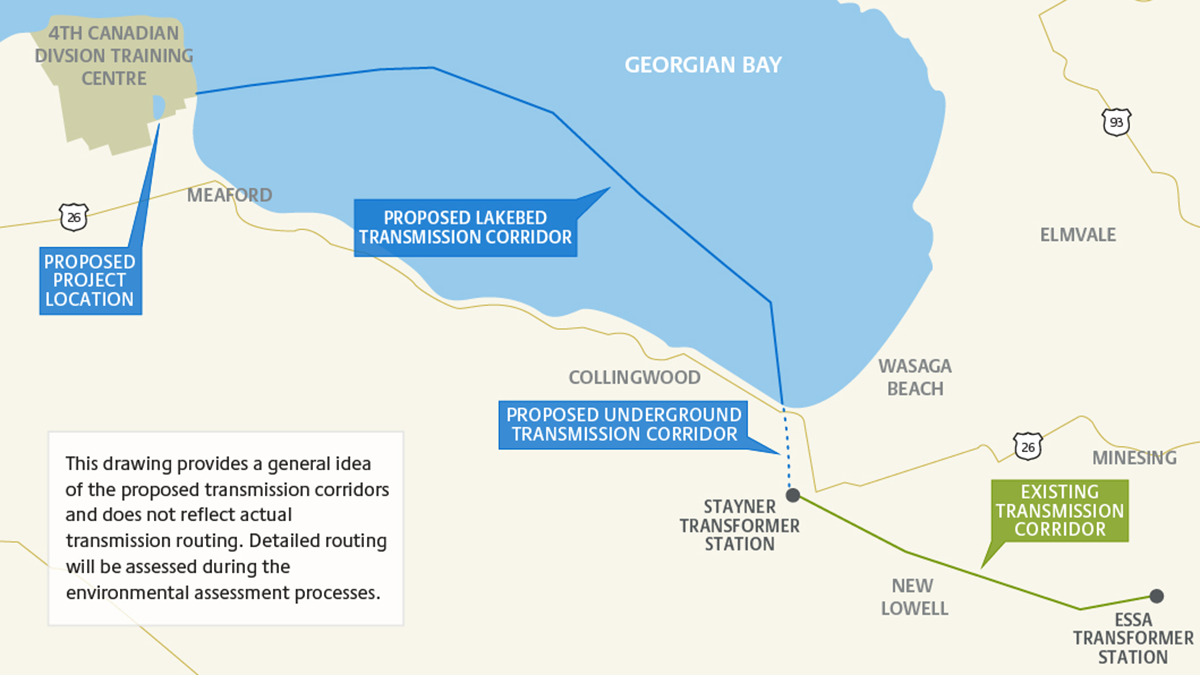Next step — The environmental assessment processes
Prior to any construction activities or operations, TC Energy will need to successfully complete rigorous and comprehensive environmental assessment processes to fully understand any potential environmental, health, social and economic impacts, as well as potential impacts on Indigenous or Treaty Rights or interests, and to demonstrate that the proposed project will be in the public interest.
Due to the nature of the proposed project, both provincial and federal assessment processes and approvals are required. We anticipate that these processes will run concurrently and will be coordinated between the responsible federal and provincial agencies. This phase of the project is expected to be approximately three years in duration, and it will provide numerous opportunities for both TC Energy and the federal and provincial agencies to share information and receive feedback from interested stakeholders and Indigenous groups.
Environmental Assessment process (Provincial)
- The Environmental Assessment Branch under the Ministry of the Environment, Conservation and Parks will coordinate for the provincial Environmental Assessment process and will seek support from related provincial agencies such as the Ministry of Natural Resources and Forestry and the Ministry of Heritage, Sport, Tourism and Culture Industries, Conservation Authorities and others as needed.
- The Environmental Assessment is an extensive study that considers the potential environmental and socio-economic effects, both positive and negative, of a proposal. Key components of an Environmental Assessment include: engagement with Indigenous groups; consultation with government agencies and the public; consideration and evaluation of alternatives; and, the management of potential environmental and socio-economic effects.
- More information about the Environmental Assessment process is available here.
Impact Assessment process (Federal)
- The Impact Assessment Agency of Canada (under Environment and Climate Change Canada) will coordinate for the federal Impact Assessment process and will seek support from various federal ministries and agencies, including Fisheries and Oceans Canada, Health Canada, Parks Canada (for archaeology and heritage), Transport Canada and others depending on the issues raised.
- The Impact Assessment process considers a wide range of potential issues including environmental, health, social and economic impacts and benefits as well as potential impacts on Indigenous and Treaty Rights.
- The Impact Assessment results in a decision whether the proposed project is in the public interest.
- More information about the Impact Assessment process is available here.

